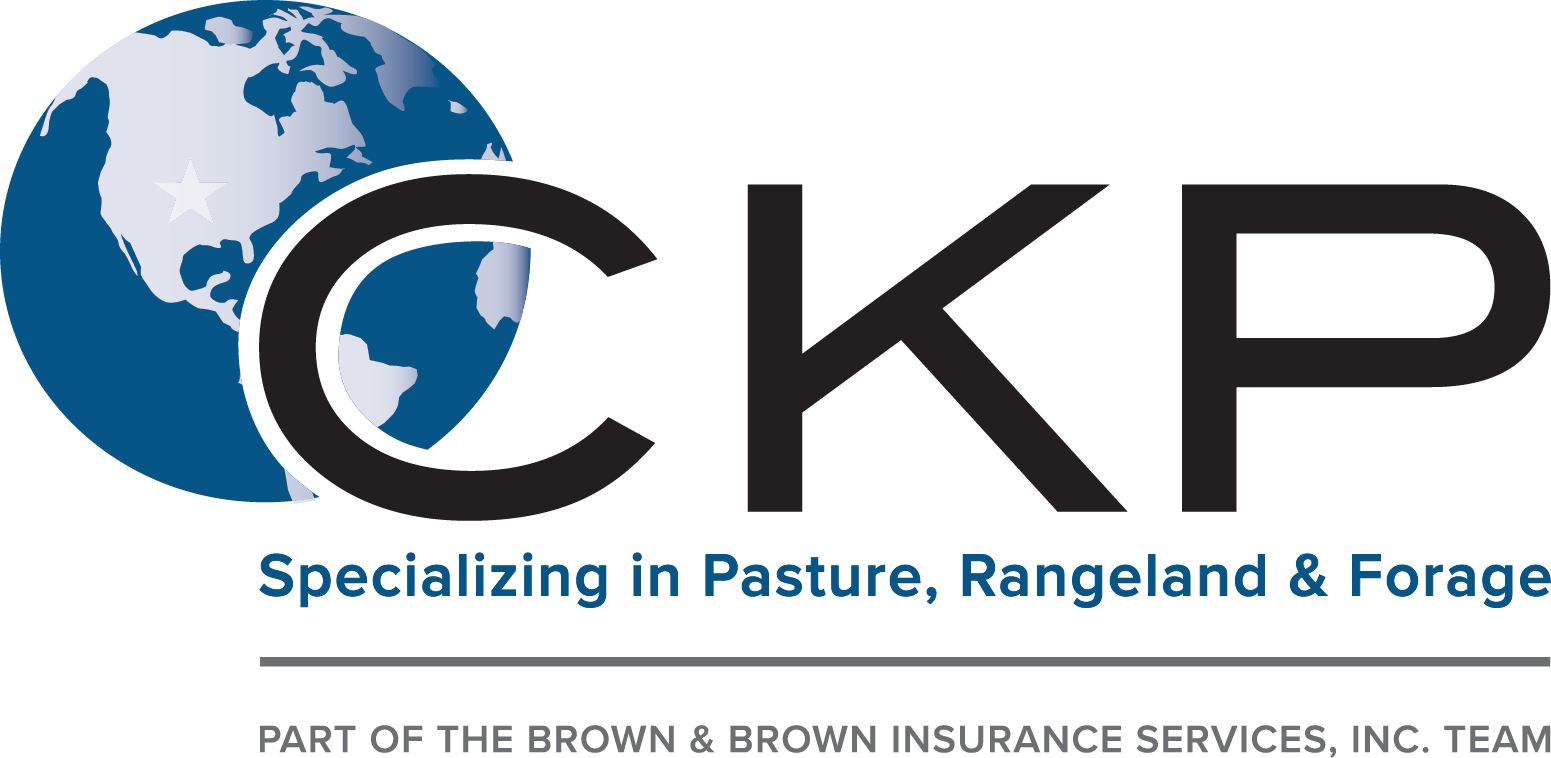The 8-Minute Rule for Bagley Risk Management
The 8-Minute Rule for Bagley Risk Management
Blog Article
Expert Assistance on Danger Analysis and LRP Insurance Policy Solutions

The Significance of Danger Evaluation
Efficient danger evaluation is essential in the decision-making process of any type of company, leading critical preparation and source allowance. By systematically determining, assessing, and prioritizing prospective dangers, companies can expect challenges, profit from chances, and make notified choices to achieve their purposes. Threat assessment allows companies to proactively resolve susceptabilities, reduce threats, and maximize their danger administration techniques.
Among the key advantages of danger assessment is its duty in improving operational performance. By comprehending the prospective risks that can affect various facets of business, organizations can streamline procedures, allocate sources much more properly, and lower the possibility of costly interruptions. Danger analysis enables firms to comply with regulative requirements, secure their reputation, and develop trust with stakeholders.
Understanding Prospective Losses
To realize the impact of risk assessment, it is imperative to comprehend the prospective losses that might dramatically affect an organization's operations and monetary security. Possible losses can emerge from various sources, including natural catastrophes, financial declines, operational failures, regulatory changes, and cybersecurity violations. These losses can lead to straight prices such as residential or commercial property damages, lawful expenditures, and penalties, along with indirect prices like reputational damages and loss of market share.
Understanding potential losses involves carrying out an extensive evaluation of the threats that can appear and approximating the financial impact they may carry the company. By measuring these potential losses, services can focus on danger mitigation initiatives and designate sources properly. A comprehensive understanding of potential losses allows organizations to make informed choices when choosing risk monitoring methods, such as buying insurance coverage or applying danger control measures.
In essence, by acknowledging and comprehending possible losses, organizations can proactively take care of risks and guard their long-lasting sustainability and success.
Duty of LRP Insurance Coverage Solutions
The assimilation of LRP insurance remedies within a company's risk administration structure improves strength and fortifies economic stability against unexpected difficulties. LRP, or Loss Healing Item, insurance policy services play an essential duty in reducing the influence of possible losses by offering monetary protection and support in times of situation. These insurance options are customized to satisfy the details requirements of organizations, providing coverage for different dangers such as residential property damages, company disturbance, liability claims, and a lot more.
By moving the monetary danger to an insurance copyright, companies can focus on their core operations with higher peace of mind, recognizing that they are secured against significant economic losses. Furthermore, LRP insurance remedies can improve a company's danger management approach by supplementing existing danger mitigation procedures and making sure comprehensive defense across all areas of prospective vulnerability.
Identifying Secret Threats
In the procedure of risk analysis, an important step includes identifying vital dangers that have the possible to affect an organization's procedures and monetary stability. Determining key dangers needs a detailed evaluation of inner and external factors that can position hazards to the organization's goals. Inner risks may consist of functional inefficiencies, conformity issues, or personnel obstacles, while external risks might incorporate economic recessions, regulative adjustments, or natural disasters.

In addition, key risks ought to be frequently assessed and updated to line up with the vibrant organization environment. This positive strategy enables organizations to remain ahead of possible dangers and safeguard their long-term success.
Choosing the Right Insurance Coverage
Having actually identified the essential dangers that can affect a company's procedures and economic stability, the following crucial action involves thoroughly choosing the best protection to successfully handle and alleviate these risks. When it concerns selecting the best coverage, companies require to consider their details threat direct exposure, monetary abilities, and tactical objectives. It is vital to conduct a complete examination of the offered insurance coverage choices to guarantee that the chosen insurance coverage lines up with the organization's threat monitoring goals.

Organizations should function closely with knowledgeable insurance specialists to evaluate their threat accounts and determine one of the most suitable insurance coverage items to resolve their needs. Customizing insurance policy protection to details dangers can assist optimize defense while minimizing unnecessary expenses. In addition, organizations ought to assess plan terms carefully to recognize the level of coverage offered and any type of possible exclusions that may impact their danger reduction approaches.
Conclusion
In final thought, danger evaluation is important in determining possible losses and picking the right LRP insurance options. By comprehending crucial threats, organizations can mitigate financial impacts and secure their possessions. It is vital to carefully analyze and assess risks to ensure suitable protection is in location. Expert guidance can help browse the intricacies of danger evaluation and insurance coverage options, supplying services with the needed tools to efficiently manage and mitigate threats.
Specialist guidance plays an essential role in use this link this procedure, providing valuable understandings into identifying and assessing risks, as well as tactically selecting ideal insurance protection tailored to alleviate those risks properly. A thorough understanding of potential losses makes it possible for organizations to make enlightened choices when selecting danger monitoring techniques, such as acquiring insurance protection or implementing threat control measures.

Report this page